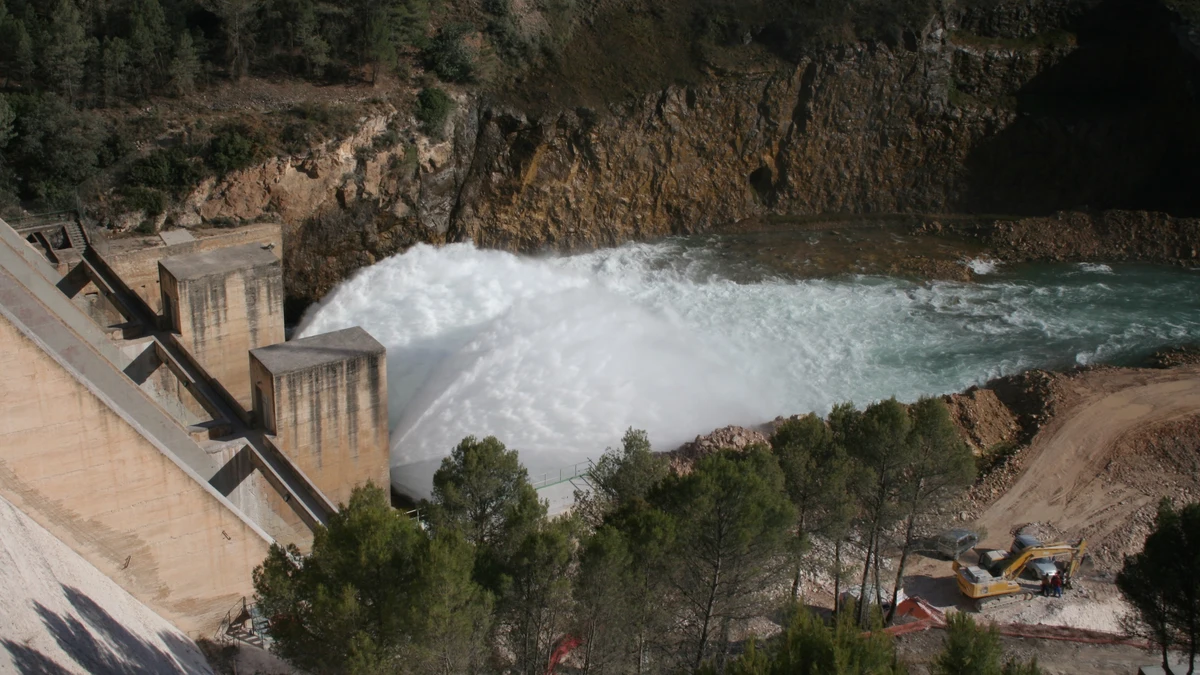The first time I ever used trekking poles, they felt cumbersome, clunky and, at times, downright annoying.
It was February 2017 and my then-boyfriend (now husband) had convinced me to trade a day riding on the slopes in Telluride for a snowshoeing adventure. I had never snowshoed before and recall feeling like a newborn deer, shakily trying to navigate the placement of my large foot apparatuses alongside my poles.
“Right foot, left hand. Left foot, right hand,” I repeated under my breath as I tried to avoid stepping on one piece of equipment or another, and attempted to keep both my balance and my cool ascending several hundred feet up the Jud Wiebe Trail.
I was inexperienced for sure – there are pictures to prove I wore jeans during the excursion – but also frustrated. Why would anyone use these seemingly impractical poles that only added chaos when hiking?
Turns out there are a lot of reasons, from increasing stability to alleviating pressure from knees and joints to achieving a full-body workout. The use of trekking poles increases hikers’ heart rates, several studies have found, and some researchers suggest that it also increases blood flow to the upper extremities.
This last point has recently transformed me into a pole evangelist. When I hike without them, my fingers bloat — and painfully so — as though they’re latex gloves blown up like balloon animals. With hiking poles, my hands feel great. Simple as that.
My revelation about the benefits of trekking poles is, of course, nothing new. Walking sticks and staves “have been around in many forms for as long as people have been walking,” said Rachel Gross, an assistant professor of history at the University of Colorado Denver and co-director of the school’s Public History Program. Throughout history, walking sticks, staves and canes were also used as tools for self-defense, storytelling and as status symbols.
“In that sense, this is an old technology with new materials, and it looks different but serves the same function as it did before, which is extra support and easing the weight on joints,” she said.
For her new book, “Shopping All the Way to the Woods: How the Outdoor Industry Sold Nature to America,” Gross researched the history of recreational gear and its cultural significance. She said guidebooks from the 1950s through the 1980s suggest poles were historically seen as luxuries – not necessities. Most referred to using a single walking stick and often suggested picking up a piece of bamboo or wood at the trailhead to suffice.
“The terminology is pretty new because ‘trekking poles’ doesn’t exist in any of those materials. Usually, ‘walking staff’ is the preferred terminology from the 1950s to ‘80s. That indicates something important, which is trekking poles are used in pairs and walking sticks and staves are used singularly,” Gross said.
That’s why Gross also credits cross-country skiing, in particular, with helping evolve the accessory from an optional tool to a sought-after commercial product sometime in the late-20th century.
Perhaps not-so-coincidentally, ski poles were also made of bamboo in the mid-1900s, and mountaineers, especially in Europe, sometimes used them to hike alpine terrain. According to Sven Brunso, spokesperson for pole manufacturer LEKI, it wasn’t until 1978 that people began taking their utility seriously.
While the basics of the hiking pole have remained constant, LEKI has experimented with various types of grips to alleviate hand cramping, prevent blisters and wick moisture. (Provided by Scott Markewitz)
That year, mountaineers Reinhold Messner and Peter Habeler climbed Mount Everest using a pair of LEKI poles, engineered in 1974 from aluminum. (The company still makes that model, the Makalu, to this day.) Their expedition was notable not only for that, but also because they were the first adventurers to climb Everest without using contained oxygen.
“A lot of people thought using poles was kind of a crutch. That (expedition) launched the platform for us,” Brunso said.
Using poles for everyday hiking and mountaineering took off in the Alps in the 1970s and ’80s, Brunso said, and that may also be where the modern vernacular originated.
“It started in mountaineering and trickled down into ‘trekking,’ which is the European term for what we call hiking,” he said.
Since its inception in 1948, LEKI has created dozens of different poles as technology and materials have evolved. Brunso maintains that the basics of hiking poles have not changed much in the last 50 years, but the company has innovated to make the equipment more comfortable and useful.
One of its proudest innovations was the integration of the speed lock, which enabled poles to be adjusted on the fly. That way hikers can shorten their poles when climbing uphill and lengthen them going downhill to maintain the ergonomic benefits.
Over the years, the company also experimented with various types of grips to alleviate hand cramping, prevent blisters and wick moisture, and created numerous tips to make poles appropriate in more settings, even indoors. Brunso said LEKI sells more than 50 pole models designed for trekking, trail running and Nordic walking.
“It’s all about giving you the feeling you’re comfortable and supported,” he said.
Related Articles
Millions of bizarre, blue sea creatures wash up on Northern California shores
How to get your tools prepped for spring planting
These 5 Colorado dude ranches are spectacular in winter
This company wants to reinvent American campgrounds
Embrace the desert season with a camping trip to Anza-Borrego this winter
I don’t have a specific brand that I prefer. There are innumerable styles and weights; some fold down to fit in backpacks and others remain a static height. It’s really up to your personal preference and budget, as well as the outdoor activities you plan to use them for.
Brunso, however, said that you get what you pay for in this space. Depending on what the poles are made of, they could be at risk of bending under stress, he said. And if you’re traveling by airplane to a recreation destination, the poles need to fold down to fit in your checked luggage.
He suggested testing or renting a pair at your local outdoor outfitter and ensuring they are the right size before buying.
Or, as Gross notes, there’s always the option to pick up a stick at the trailhead.





